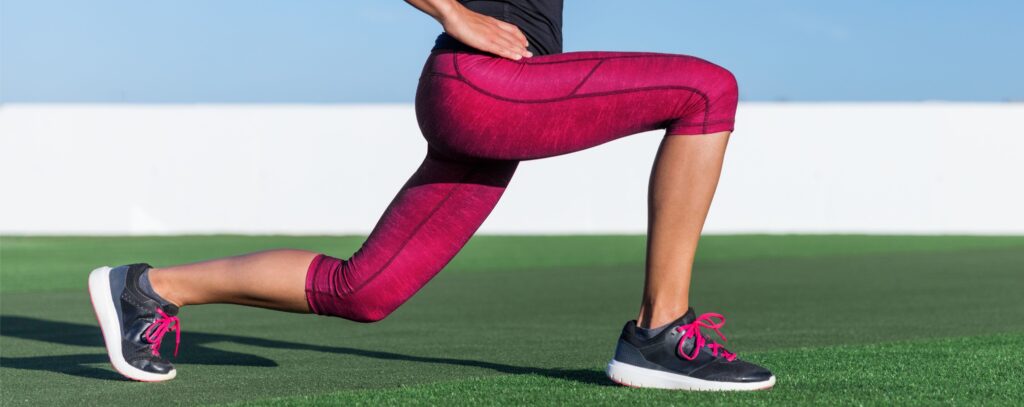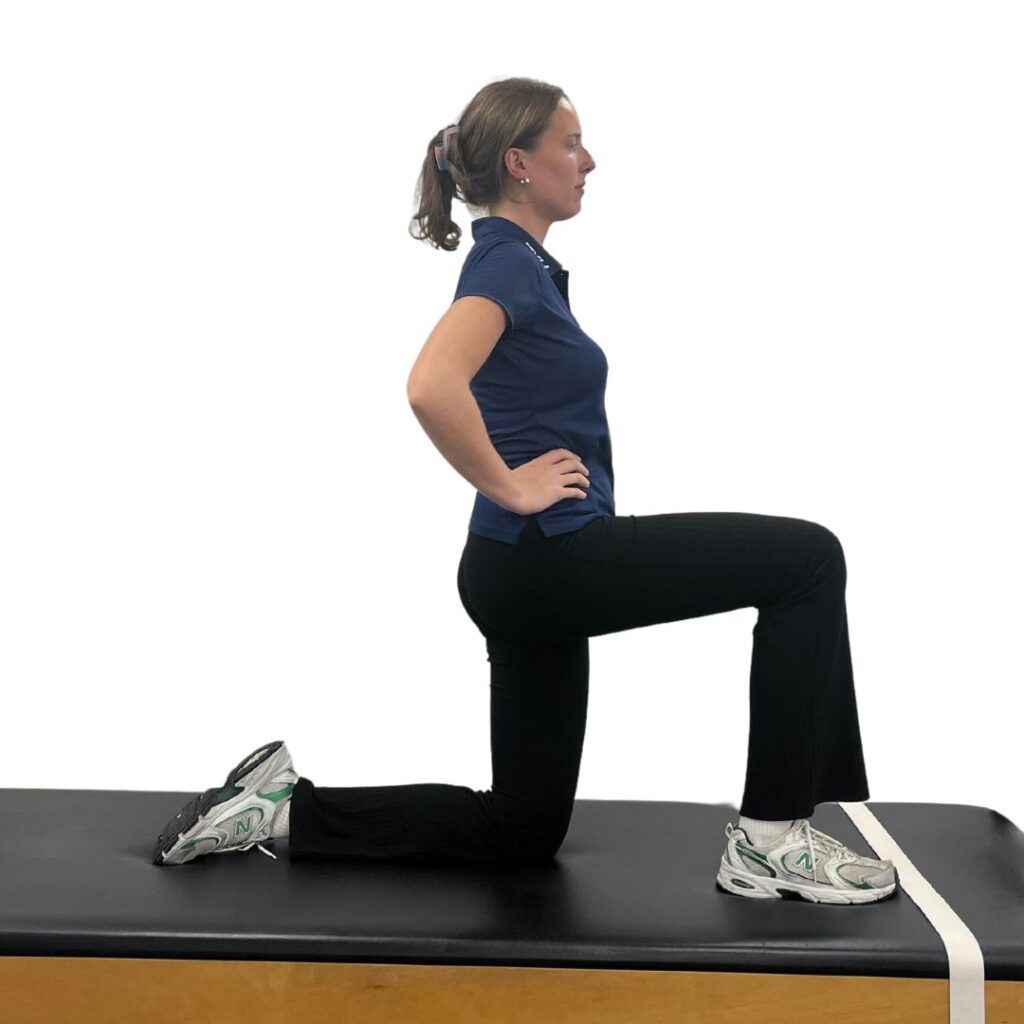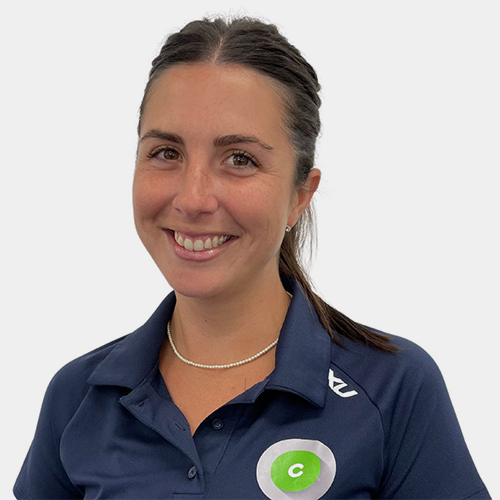
In a fast past, digitally-driven world like today, the daily grind of office work takes its toll on your body. At Central Performance, we understand that the sedentary nature of these jobs, coupled with long hours of sitting and stressful or repetitive tasks can leave you feeling tight, stiff and sore in areas of your body that you may never have felt before. It’s so easy to let work and screen-time take over your week, so in this post we share three Pilates exercises for desk workers that are easy to do at home, don’t take much time or special equipment, and really target some of the main areas that get jammed up by a desk-bound lifestyle.
How Can Pilates Help Me As An Office Worker?
Pilates provides a great mix of mobility, stability and strengthening. It can use specialised equipment like the reformer or Cadillac table, but it also has a large repertoire of mat Pilates exercises, which don’t need any special equipment at all, and these are the exercises that are often great for you to do at home. Clinical Pilates is a special type of Pilates that combines the principles of Pilates with the expertise of physiotherapists (see our blog post on this subject), and this type of exercise provides a tailored solution to address the specific needs and challenges faced by those spending long hours in front of a computer screen.
What Are The most common Problems Physios See In Desk Workers?
- Stiff neck and shoulders
- Rounded shoulders and upper back
- Tight hips and back
- Weak legs and glutes
Why Does Sitting At a Desk Cause Pain, Tightness and Weakness?
Our modern lifestyle involves activities that predominantly engage the muscles on the front of our bodies, neglecting those on the back of our body. Think about the hours you spend sitting typing away at keyboards, hunched over your smartphone, or reaching forward doing the laundry or cooking. In these static, forward-focused postures, we inadvertently neglect and weaken the muscles in our posterior chain (the back of our body, for example the muscles in your shoulder blades, glutes and back). These muscles play a crucial role in maintaining proper posture, supporting your spine and stabilising your body. However, due to their underuse, they may become weak and prone to imbalances which can contribute to issues like neck and back pain, rounded shoulders and stiffness.
When broken down like this, it makes sense. We need to strengthen the muscles on the back of our body to relieve tension and improve overall posture and function. Below are three simple Pilates exercises that you can easily do at home or in the gym to start working on strengthening the back of your body and stretching out the front of your hip (your hip flexor muscles).
Home Pilates: Top Exercises for Office Workers
1. Elbow Opening
Lie on your side. Bend both of your legs at the knees and hips to 90 degrees and rest your top leg over your bottom leg. Place your hands behind your head. Keeping your leg in contact with the ground, rotate your upper body away from the floor, using your hand to help pull your upper body over. Then return to the side lying position to complete the exercise.
Remember to keep your top hip pointed towards the ceiling throughout. Perform 8-12 repetitions before switching sides, as often as you like throughout the day.
2. Prone Snow Angels
Start by lying on your stomach with your head resting on a towel, your legs out straight and your arms by your sides with your palms facing down. Lift your arms and head just off the floor and keep your eyes looking towards the ground(i.e. keep your chin tucked so you keep looking straight down to the floor). Keeping the rest of your body still, lift your shoulder blades up and squeeze your shoulder blades together. Move your arms out to the side and up towards your head. Then move your arms out to the side and back into your body to complete the exercise. Keep squeezing your shoulder blades together.
Remember to maintain your breathing throughout the exercise. Aim to perform 3x sets of 6-8 repetitions. If this becomes too easy, you can progress by holding some light weights like a can of beans or water bottle!
3. Hip Flexor Stretch

Start by half kneeling in a lunge position with your head up, chest tall and your hands on your hips. Tuck your tailbone under, as if you are zipping up a tight pair of jeans. Keeping your hips in the same position, shift your weight forward until you feel a stretch in the front of your hip. Hold the stretch for 30-60 seconds, then relax to complete the exercise.
Remember to keep your hips facing forward throughout the exercise – don’t let your pelvis roll forwards as you shift your weight forward. Change sides and repeat.
Pilates Is A Great Way To Break Up Sitting When You’re Working From Home
There is a mountain of research showing how important it is to break up sustained sitting, not just for preventing muscle aches and tightness but also for hormone balance, cardiovascular issues and mental health. Plus, studies overwhelmingly show that moving regularly through the day makes you more productive at work, improves mood and decision-making, increases concentration and helps you manage stress better. So, breaking up sustained sitting throughout the day brings benefits on many levels, not just for preventing soreness but for also for making you more productive and generally much healthier.
How Often Should I Be Moving During My Work Day?
We encourage clients to use the “5 and 55 rule” to help them break up sitting during their work day. This means that for every hour you’re at work, you should spend 5 minutes away from your desk. This can be all at one go, i.e. work for 55 minutes then get up and move for 5 minutes, or have a 2-3 minute break each 30 minutes. This has been shown to be really effective not just from an injury prevention and general health aspect, but also from a productivity improvement point of view. Having these regular short breaks gives us a mental refresh as well as physical one, with research showing that people are actually more productive, make better decisions, deal with stress better and are happier at work, even though they are theoretically taking some time out of their day to get up from their desk. So don’t feel guilty taking regular short breaks, and if you catch yourself using the excuse “I’m way too busy to take breaks every hour” just remember that the research says otherwise – you’ll actually achieve more in your day than if you just sit and slog it out without a break.
We also encourage clients to take a proper lunch break. An hour is great, but half an hour is also really good and can seem a more manageable time if a whole hour seems too hard. But it’s not just about how long your lunch break is, it’s about what you do with it! You need to get up and move, and that’s where some of these mat Pilates exercises can be really helpful. If you’re working from home then the hip flexor stretch is easy to do even just in your 5-minute breaks during the day, but the other two are great to during your longer lunch break. These exercises, plus getting out for a walk at lunch whenever you can, make a really good routine to introduce more movement into your working week.
Clinical Pilates At Central Performance – Surry Hills

Brigitte Mastry – Physio & Clinical Pilates Instructor
This article was brought to you by Brigitte, one of our fantastic Clinical Pilates physios. She has completed the full suite of Clinical Pilates instructors courses covering reformer, equipment & matwork. She loves integrating Pilates-based exercise programs into her physio work as she guides her clients out of their injury rehab phase and transitions them into more functional and whole-body strengthening. If you’d like to ask Brigitte a question about how Pilates could help you stay healthier at work, get rid of annoying tightness or niggles, or recover from an injury, then click below or give reception a call on 9280 2322. You can find more information about our Clinical Pilates program here, or for 4 more great options including some reformer exercises click here.

